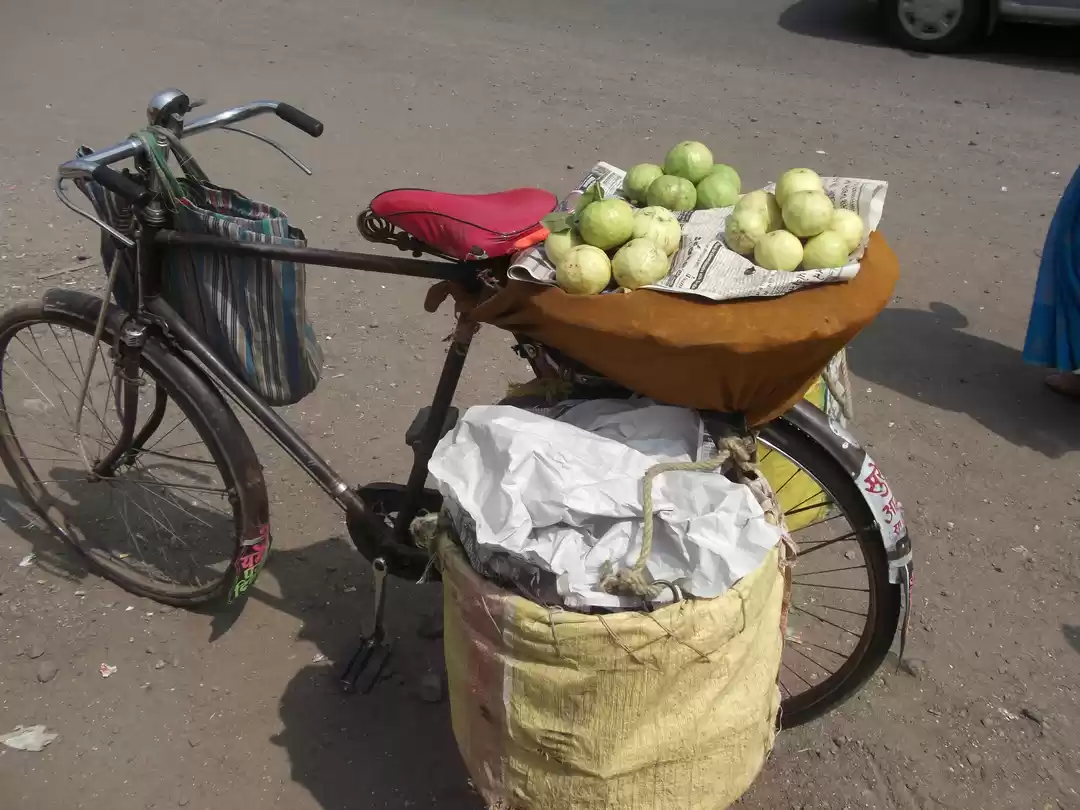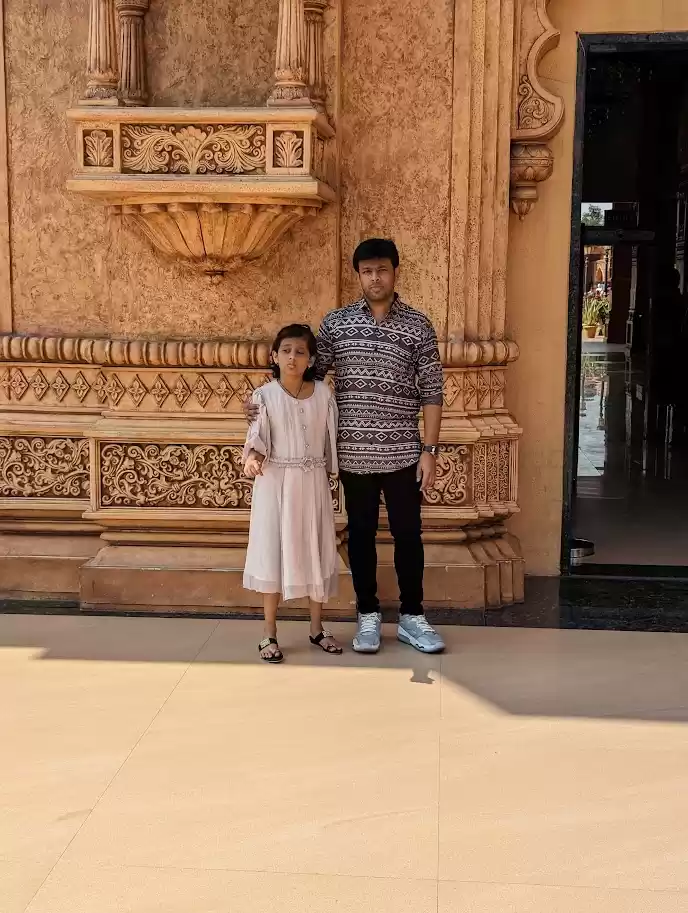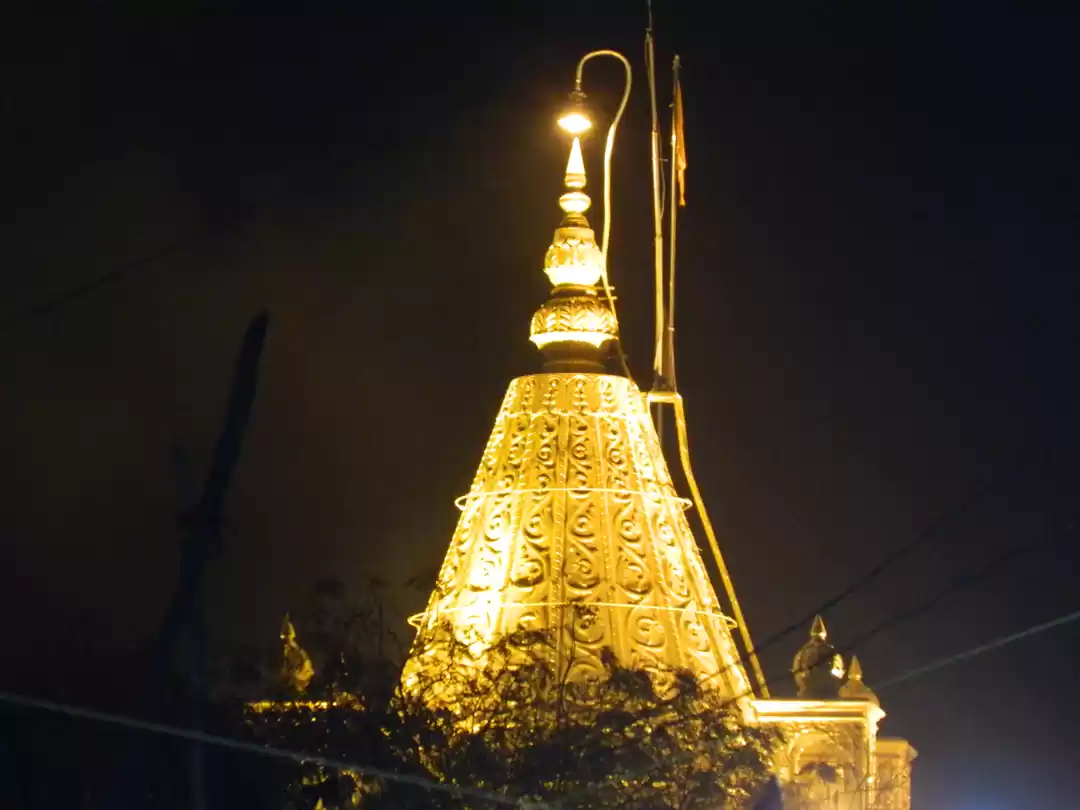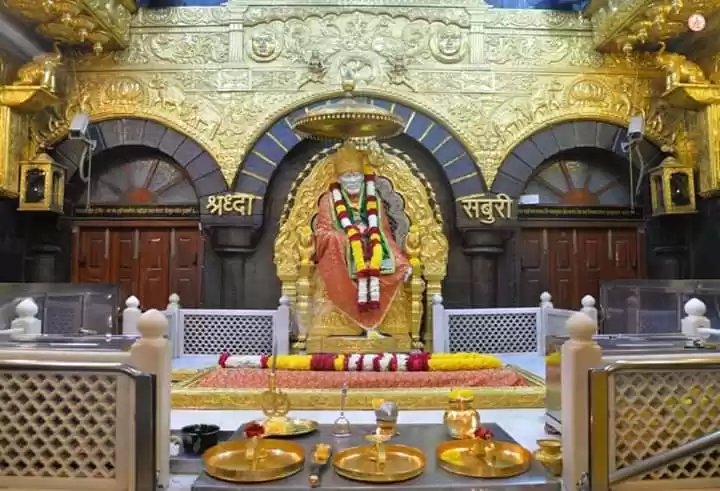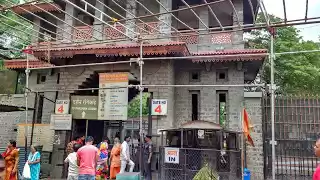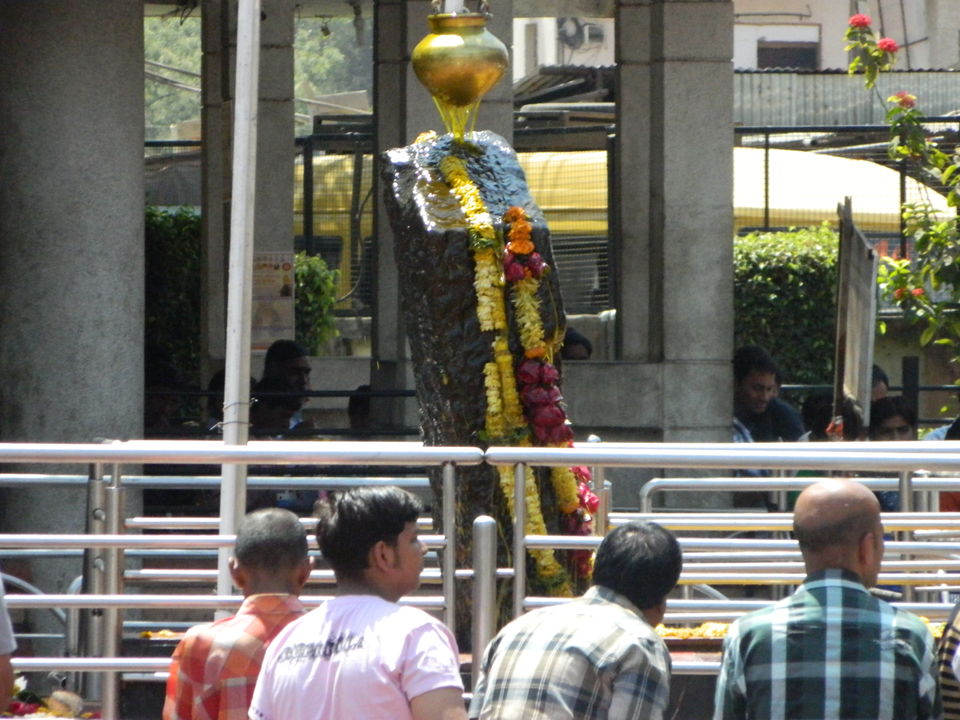
It was 1:00 pm and the sun was hitting hard on the dusty town of Shani Shingnapur. As soon as our vehicle stopped, the usual hustle bustle of the shopkeepers selling different items to be offered to the lord Shani started. There were many arguments furnished in favour of doing a pooja like you will get a good job, you will get promotion, you will have a happy married life, all your physical afflictions will vanish, you will win over enemies and so on. But one argument which always did the rounds was that you will be freed from the torment of Lord Shani with a caution that inability to appease him, having come here, will result in dire circumstances.
A shopkeeper approached me and advised me, "Bhau! do the best pooja possible. Having come all the way here don’t miss this opportunity of mitigating the ill effects of sade sati."
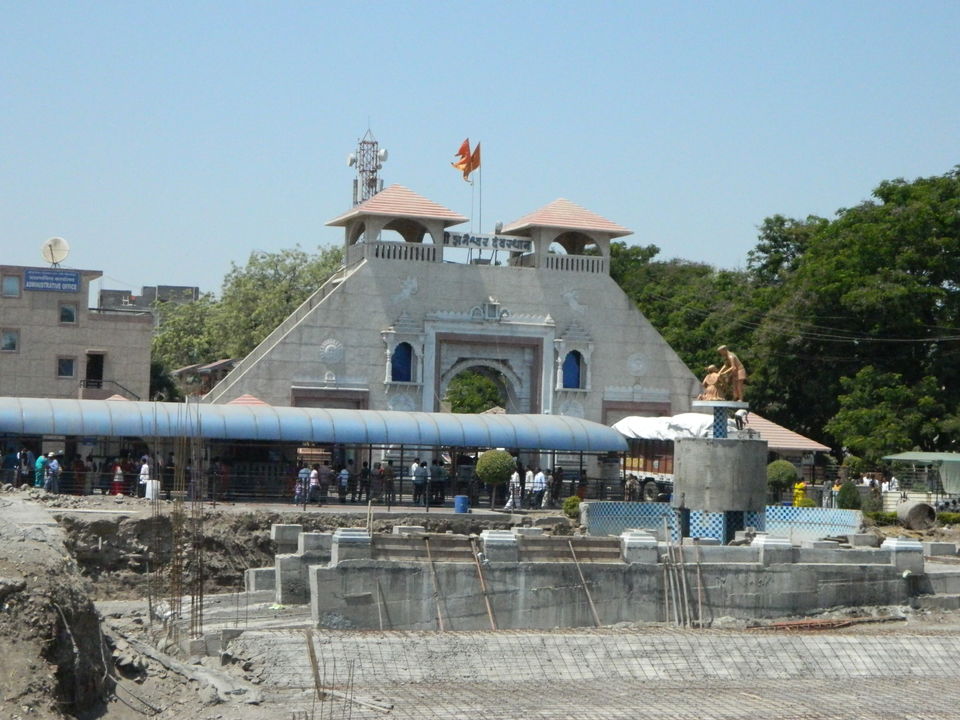
One thing which caught my eye in the shop was a small black effigy, a figure with a fearful face, ravenous teeth and eyes gouging out. Being curious, I inquired about it, the shopkeeper replied, "This is an effigy of Shani, one has to take it and hang it upside down at the entrance of one's house to keep him in check and ward off all his evil effects. " These were clear examples of how the shopkeepers were trying to take mileage out of the fear psychosis of the gullible pilgrims.
Shani Shingnapur is a small town around 70 kilometres from Shirdi in the hinterland of Maharastra. It is a hub of sugarcane production in the country. It is a famous pilgrim spot for people to propitiate Lord Shani. Pilgrims come from all over to offer their prayers in this holy place. Share taxis are available for around Rs. 200 per head for a to and for journey which can be finished in one day. It takes around 2 hours to reach Shingnapur from Shirdi.
Spirituality is not about worshiping out of fear but out of love for god( Daiva Preeti, Papa Bheeti). When we reached the temple it was a peculiar site. All clamoured to put oil and offerings to Shani deva so that their delays, problems and difficulties are alleviated. There was an emotion of fear writ very clearly on their faces. Shani was seen by all as the tormentor who has to be pacified to have a good and peaceful life. Everyone was eager to do their share of worship so that their obstacles are removed and they can get a shortcut to success.
There were few lessons which all missed out in the whole process.
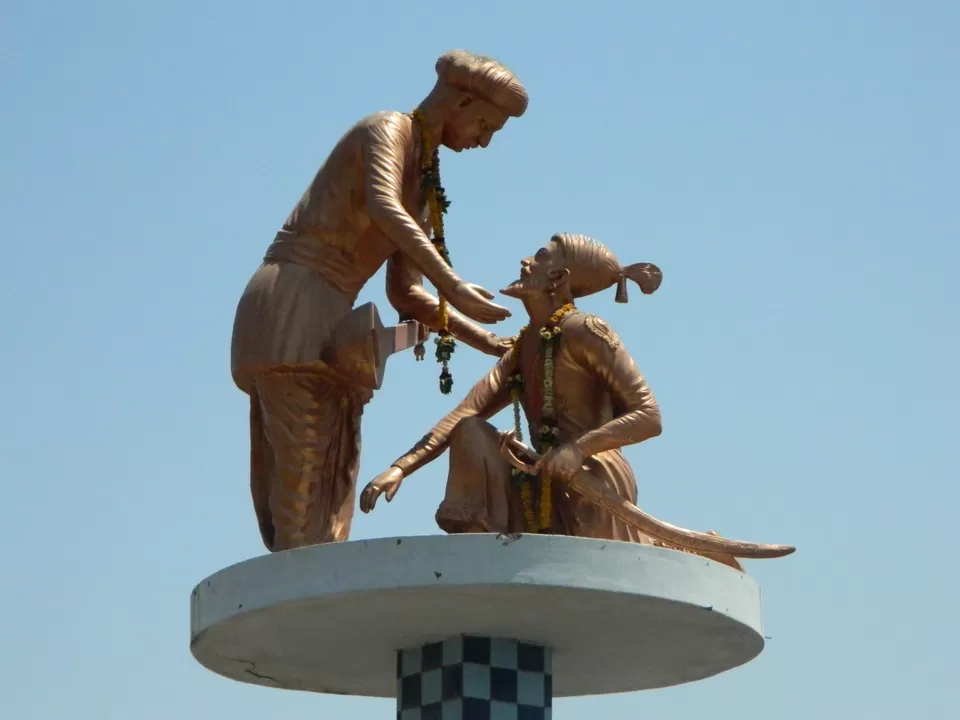
A time when all were running to take shelter in the shade of the nearest tree or a shed constructed for this purpose and were trying to avoid walking on the burning floor, Lord Shani was standing majestically in an open courtyard, inviting all to have his darshan and take his blessings. The shila of shani( svayambhu) which was found by the villagers is kept in the open without any temple constructed for it with explicit instructions from Lord Shani himself. The shila of Shani was open to sun, rain and all the travails of the nature. I felt that Lord Shani is trying to give a subtle message to all, that the most important thing in life is to face the difficulties head on and not run away from them due to pusillanimity. He was suggesting that we learn the virtues of tolerance, endurance and forbearance from him. He teaches that life should not be lived in fear but in a spirit of joyful acceptance of every situation, which we encounter in our life. As Swami very beautifully puts it, ‘Life is a Challenge meet it.’
One more interesting observation is the lack of doors in the village. Doors in my opinion have a direct relation with our psyche. They stand for insecurity and fear which are contra-spiritual. A man who is not parochial and has an open mind will always keep the doors of his mind open for all thoughts and ideas. He will be free from all mental blocks and prejudices, understanding the sensitivities of life around him. Lord Shani suggests this aspect by the custom of having no doors in his town.
As Mahatma Gandhi aptly puts it, ' “I do not want my house to be walled in on all sides and my windows to be stuffed. I want the cultures of all the lands to be blown about my house as freely as possible. But I refuse to be blown off my feet by any.”





